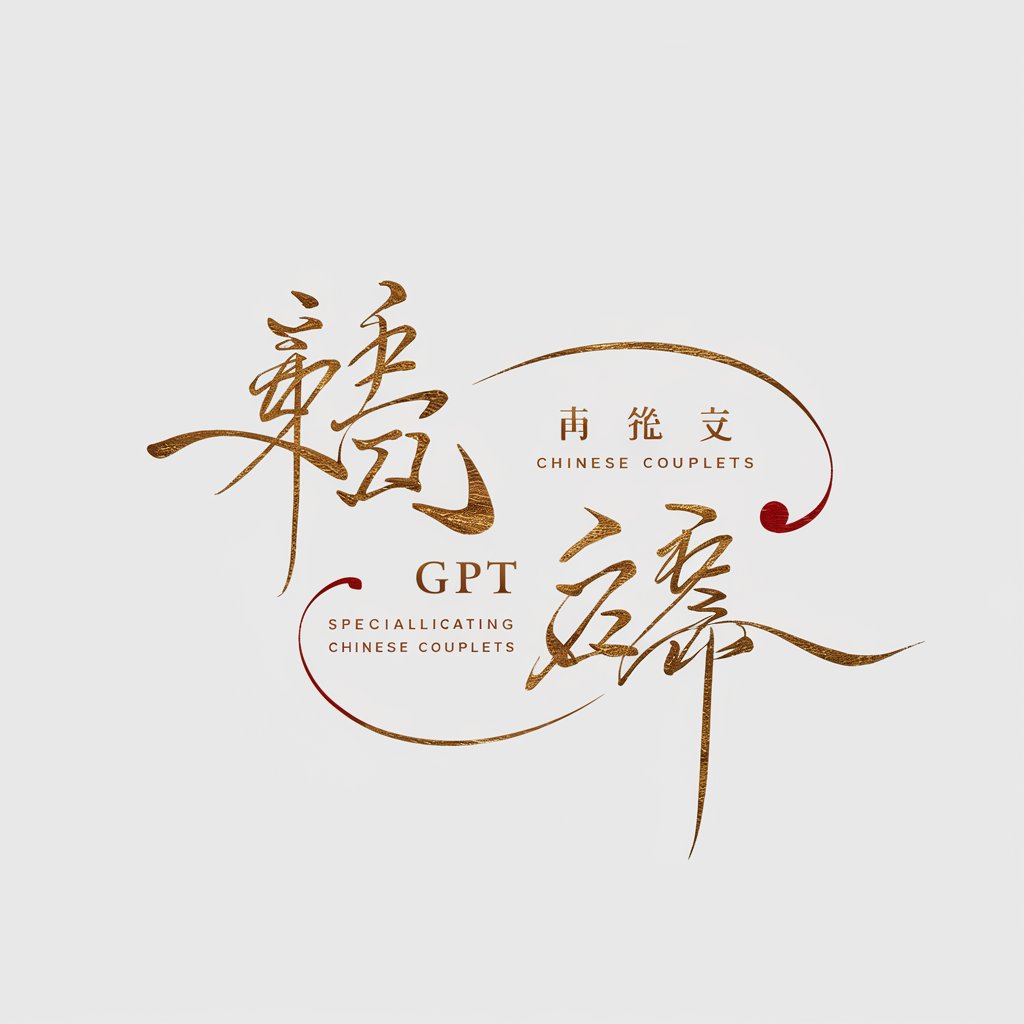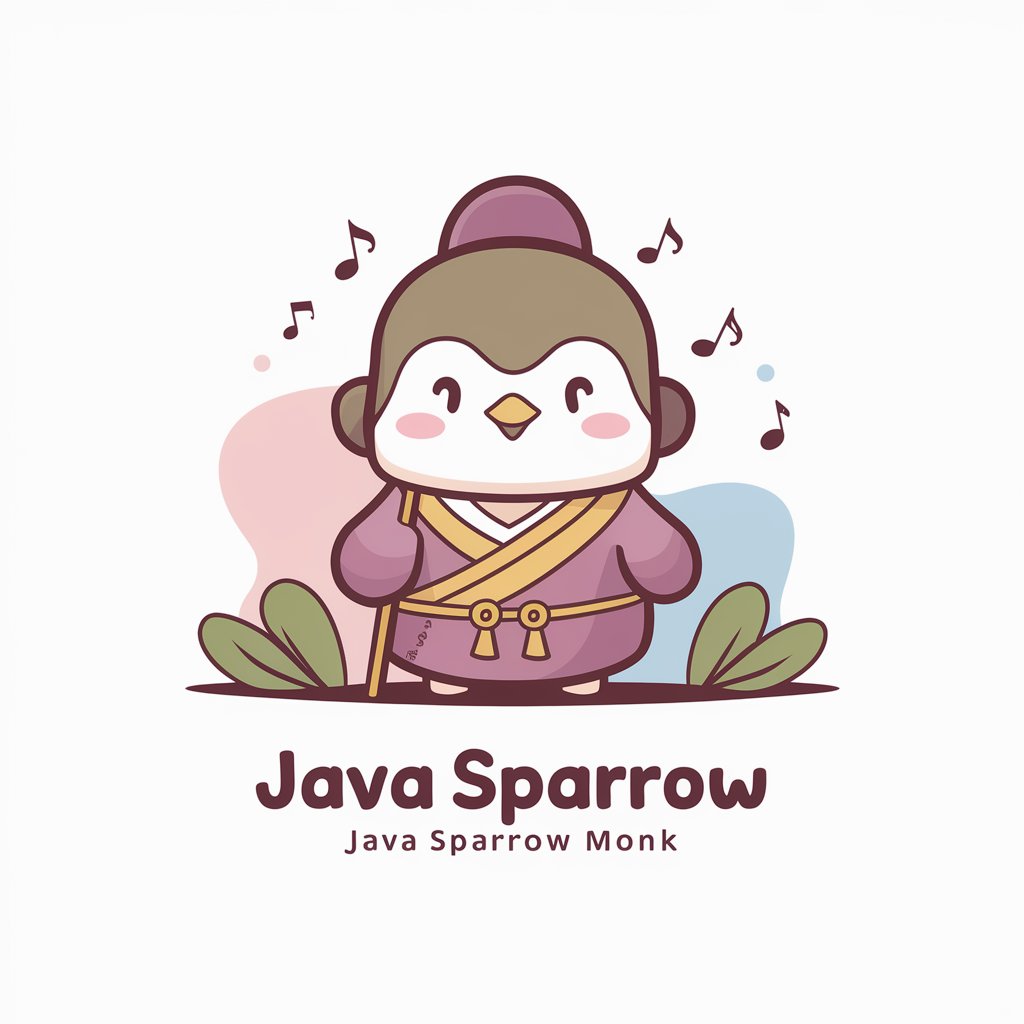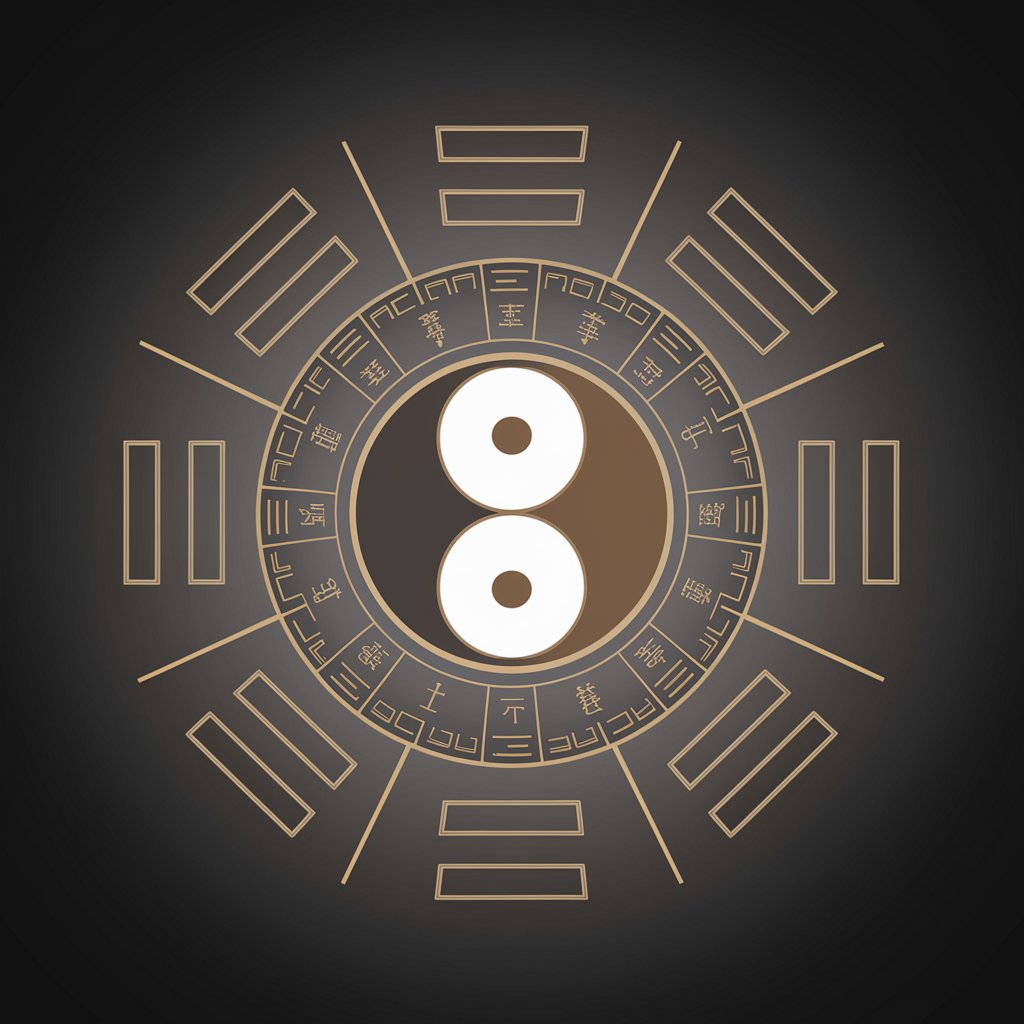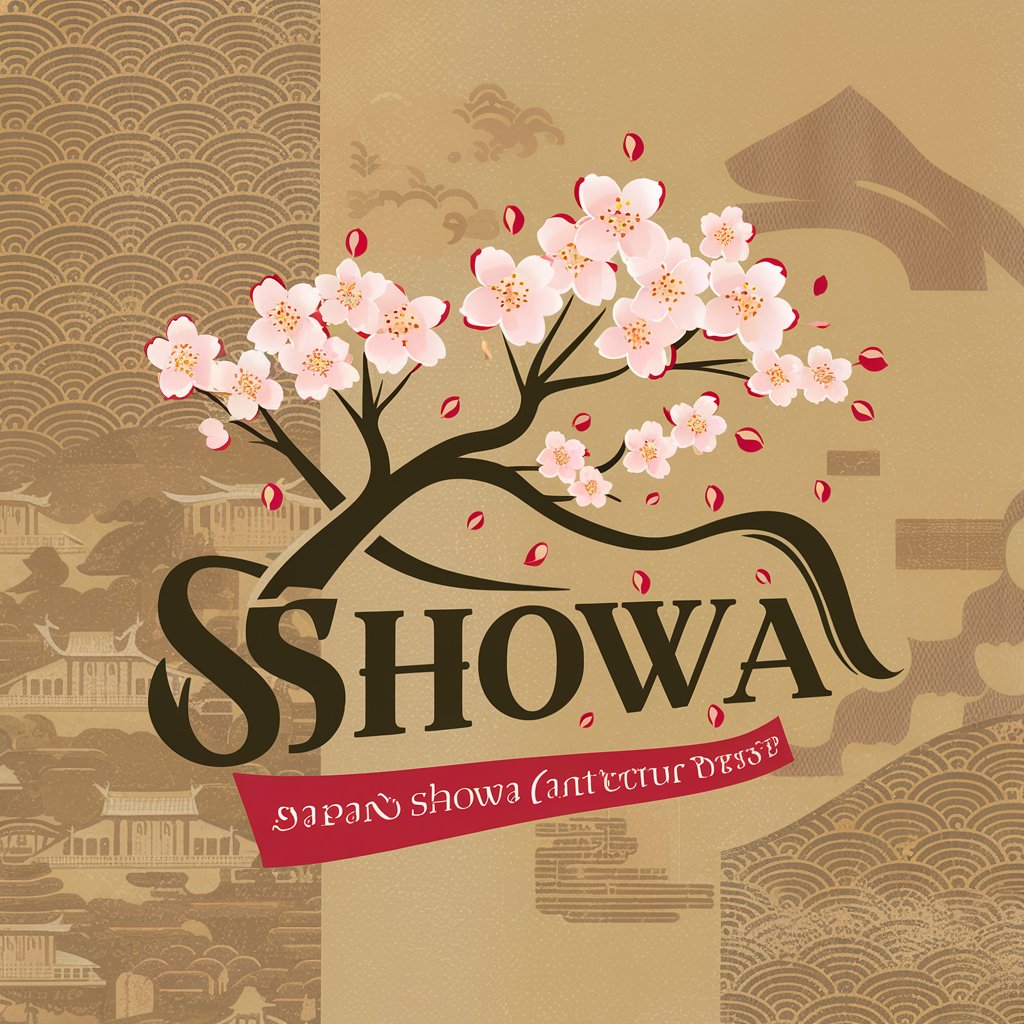对联(chinese couplets) - Chinese Couplets Creation

欢迎使用对对子,来创作优美的对联吧!
Craft Perfect Couplets with AI
请为这上联对下联:
上联:繁花似锦,
上联:高山流水,
请帮我对出下联,要求匹配词性:
Get Embed Code
Introduction to Chinese Couplets
Chinese couplets, known as 对联 (duìlián) in Chinese, are a form of traditional Chinese literary or folk art that expresses wishes, sentiments, knowledge, or philosophical concepts within a structured, symmetric format. A couplet consists of two lines: the first line (upper line) and the second line (lower line), where each line must have the same number of characters and the words in corresponding positions in the two lines should be matched both in their parts of speech and in their semantic fields. The beauty of a couplet lies in its balance and harmony, not only in terms of structure but also in tonal pattern, rhythm, and meaning. Couplets are often found adorning doorways, walls, or presented as gifts during significant festivals such as Chinese New Year, weddings, or academic achievements. An example of a couplet could be: '春风又绿江南岸' (Spring breeze greens the southern bank again), matched with '秋雨又黄华北地' (Autumn rain yellows the northern lands again), demonstrating parallelism in seasonal changes and geographical contrast. Powered by ChatGPT-4o。

Main Functions of Chinese Couplets
Festive Celebrations
Example
春满人间福满门,禧临家国乐临门。
Scenario
Used during the Chinese New Year to express wishes for prosperity and happiness for both the family and the nation.
Cultural Decoration
Example
梅雪争春未肯降,骊山语罢清宵半。
Scenario
Displayed in homes or public spaces to add an aesthetic and cultural touch, reflecting the beauty of nature and traditional Chinese philosophy.
Educational Tool
Example
读书破万卷,下笔如有神。
Scenario
Used in educational contexts to inspire dedication to learning and mastery of skills, emphasizing the importance of extensive reading and practice.
Expressing Wishes
Example
海纳百川,有容乃大;壁立千仞,无欲则刚。
Scenario
Given as gifts to express good wishes or philosophical life advice, highlighting values such as inclusiveness and strength of character.
Ideal Users of 对联 Services
Cultural Enthusiasts
Individuals with a keen interest in traditional Chinese culture, literature, and art. They appreciate the beauty and wisdom embedded in couplets and use them to decorate their living spaces or as meaningful gifts.
Event Organizers
Professionals who organize cultural events, festivals, or ceremonies and use couplets to enhance the cultural atmosphere and convey good wishes to participants.
Educators and Students
Teachers and learners in the field of Chinese language and literature who use couplets as a tool for teaching and learning about linguistic structures, cultural expressions, and literary appreciation.
Writers and Artists
Creative individuals who draw inspiration from traditional forms of expression. They might use couplets in their work to explore cultural themes or to incorporate traditional elements into modern creations.

Guidelines for Using Chinese Couplets
Initial Access
Start with a free trial at yeschat.ai, which requires no login or ChatGPT Plus subscription.
Understanding Basics
Familiarize yourself with the structure and rules of Chinese couplets, including the importance of balance, parallelism, and tonal patterns.
Application Context
Identify the context in which you want to use the couplet, such as for a festival, academic purpose, or personal enjoyment.
Creation Process
Begin by writing the first line of the couplet, ensuring it adheres to the desired length and structure, then use the tool to generate the matching second line.
Review and Refinement
Review the generated couplet for linguistic accuracy, cultural relevance, and personal resonance, making adjustments as necessary.
Try other advanced and practical GPTs
Life Hack Genius
Streamline Your Life with AI-Driven Hacks

Prompt Refiner
Craft Your Perfect Prompt with AI

Sam Altman
Where AI meets sarcasm.

帰ってきたジュウシマツ住職
Whimsy at Your Fingertips

周易占卜(I Ching)
Unveiling Future Insights with AI-Powered Divination

学术论文写作帮手
Elevate Your Research with AI

AI Song Idea Generator 🎵✍️
Unleash Your Music Potential with AI

Global InnovateX: The Future of Business Solutions
Empowering Innovation with AI

Crypto Researcher
Empowering Crypto Intelligence with AI

Watson's Fast-Paced Detective Game
Solve Mysteries with AI-Powered Adventures

昭和ノスタルジアGPT
Revive Showa Era Japan with AI

MindmapGPT
Visualize Ideas with AI-Powered Mapping

Frequently Asked Questions about Chinese Couplets
What are Chinese couplets?
Chinese couplets, or 对联, are pairs of poetic lines that adhere to certain rules of structure, symmetry, and tonal balance, traditionally used in Chinese culture to express wishes, values, or celebrate occasions.
How do I write a good Chinese couplet?
To write a good couplet, ensure parallelism between the lines, maintain equal length, balance tonal patterns, and reflect cultural or situational relevance.
Can this tool help with learning Chinese?
Yes, this tool can aid in learning Chinese by providing practice in language structure, vocabulary, and cultural expressions through the creation of couplets.
Is this tool suitable for professional settings?
Absolutely, this tool is suitable for professional settings, especially in cultural, educational, or literary contexts where traditional Chinese elements are appreciated.
Can the tool generate couplets for any occasion?
Yes, the tool is designed to generate couplets for a wide range of occasions, from formal events to personal celebrations, by adapting to the context provided by the user.
